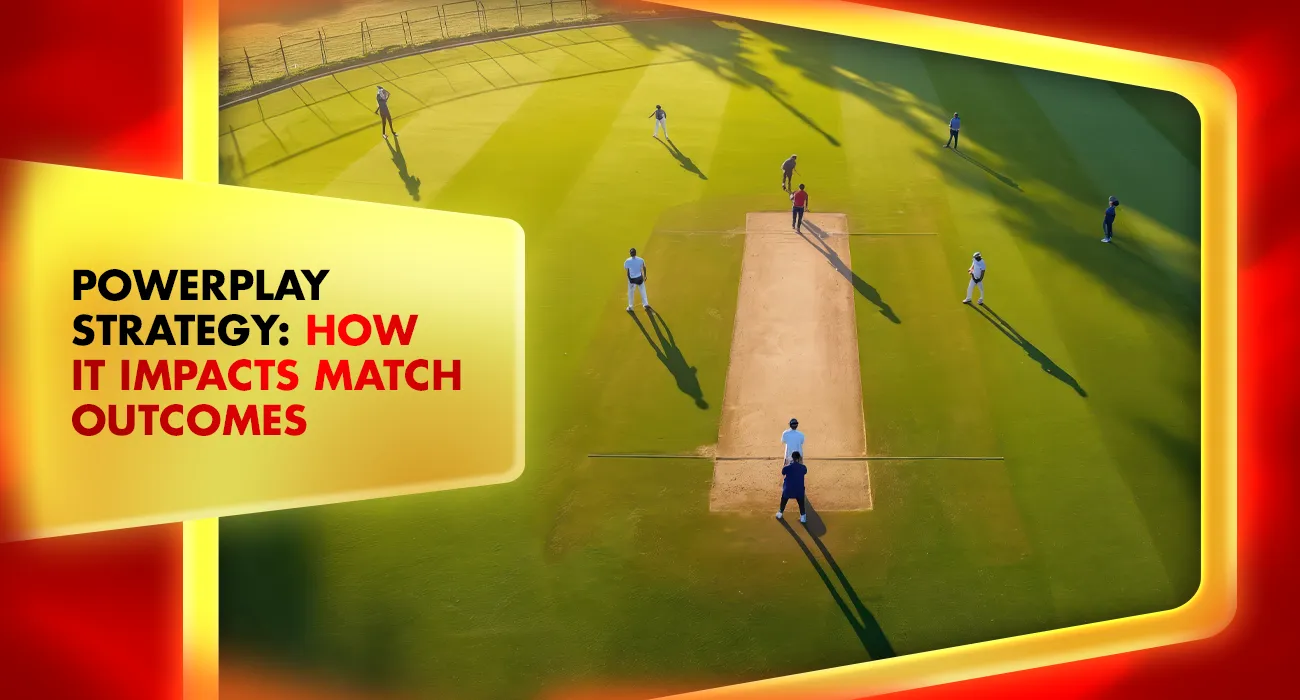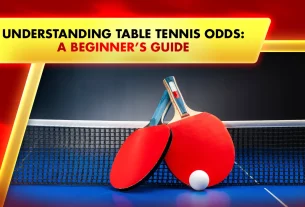The major concern in the game these days in terms of powerplay is the limited-overs format of the game, like ODI or T20s and how it also impacts cricket betting. Well, these are the initial overs, in which there are restrictions related to the fielding condition, and thus, there are only a few players outside the 30-yard area, and this can be decisive throughout the entire match — especially for those involved in cricket betting, where early momentum can influence outcomes and strategies.
The powerplay strategy can make a huge contribution to the dynamics and the result of the game, regardless of whatever decision a team chooses—whether to play safely or violently. Without further ado, how different powerplay strategies affect the results of the game and why both bowling and batting teams need to excel during this interval should be explored, especially since these moments are crucial in cricket betting, where early performances can significantly impact betting outcomes.
What is Powerplay?
In T20 cricket, the powerplay is the first six overs, and in the ODI, the powerplay is the first 10 overs. Due to the fact that fielders are only allowed a maximum of two persons outside the 30-yard circle, the hitters are permitted to gamble and run in runs rapidly. It demands the aggression of bowlers and captains to put a strain through fast fielding and in-control bowling. It is a game of chess right in the opening, and both teams are eyeing an early advantage.
Batting Teams’ Powerplay: Should They Hold Back or Strike Hard?
During the powerplay strategy, batting teams frequently have a strategic conundrum. Do they protect wickets and establish a platform, or go after the bowlers and make the most of the fielding restrictions? This phase is also critical in cricket betting, as early-game strategies can significantly impact odds and potential outcomes.
- Bratty style: The teams, such as India and England, have gained enormous advantages with aggression in the first few overs. Powerplay running may demoralize the opponents and give an advantage towards gigantic totals. Openers who are known to capitalize on this period and go out there swinging at balls include David Warner, Rohit Sharma, and Jos Buttler.
- Conservative Approach: Some teams choose to take a controlled approach when facing difficult pitches or strong bowling attacks. This has also worked well, especially in one-dayers, where one can save wickets during the first half, before pushing on in the second part. This strategy is often analyzed in cricket betting, as it can influence how odds shift throughout the match.
- Pros: Although a conservative approach can go awry when the middle order is failing to pick up the pace, the high-scoring power play often also leads to high scores or is the start of successful chases.
Bowling Teams’ Powerplay: Take Wickets or Contain?
The power play is the fielding team’s best chance to exert pressure and take early wickets. The batting team’s intentions may be derailed, and a defensive stance may be required if they lose early wickets.
- Attacking Bowling: During the power play, teams like Australia and Pakistan frequently start with their top pacers. Early top-order destruction is a characteristic of swing bowlers like Trent Boult and Shaheen Afridi.
- Variation and Control: To limit runs without necessarily taking wickets, some teams concentrate on tight lines and fluctuating pace. When defending small totals or on slower courses, this strategy performs admirably.
- Impact: Effective powerplay bowling raises the likelihood of defending even moderate scores by upsetting the batting rhythm.
The Angle of Statistics
Data from ODIs and T20 leagues consistently demonstrates that:
- Teams that score 50 runs or above in the power play have an over 70 percent success rate of winning the game.
- In a majority of the cases (more than 60% of the time), when teams lose three or more wickets in the powerplay, they lose the game.
These figures point out the significance of this underway. The outcome of the power play frequently forecasts the result of the match, regardless of whether you’re pursuing or setting a total.
The Key Is Adaptability, Especially with Cricket Betting
There isn’t a power play tactic that works in every situation. Teams must adjust in light of:
- Conditions of the pitch
- Strength of the opposing bowling attack
- Format of the match (ODI vs. T20)
- Pressure scenarios (league games versus knockouts)
Astute teams evaluate these elements and modify their strategies appropriately. For example, a flat surface in Australia might require boldness, yet a dry subcontinental pitch might require careful batting. Such strategic adjustments are closely followed in cricket betting, where pitch conditions can significantly influence predictions and odds.
The powerplay is the cornerstone around which match results are constructed, making it more than just a showy opening act. The correct approach can give a team a clear edge, while mistakes might leave teams rushing to catch up.
Knowing powerplay dynamics provides an intriguing dimension to watching and analysing games, regardless of whether you’re a die-hard fan or a strategic bettor. Khelraja.com is your one-stop shop for cricket betting excitement. Check out all the activity there for live odds, expert predictions, and real-time cricket betting knowledge.
Also read: Esports – How Female Gamers Are Shaping the Future in 2025






